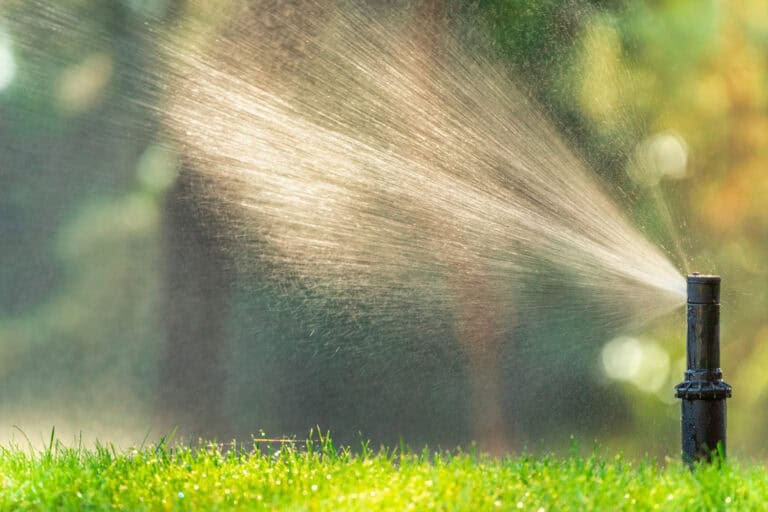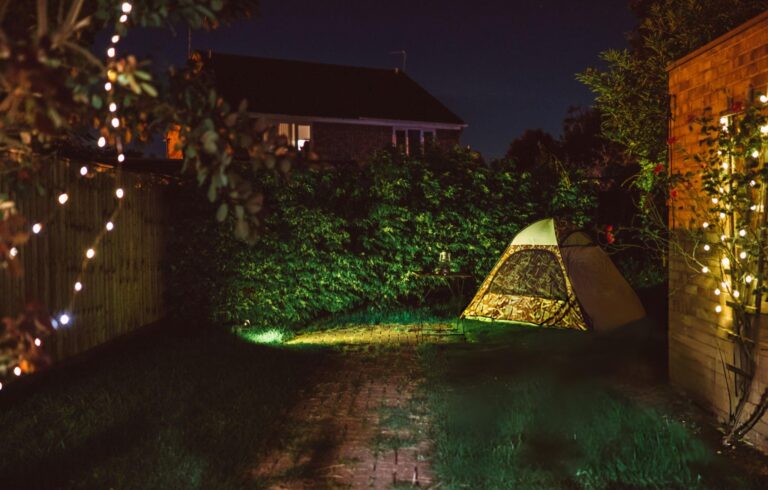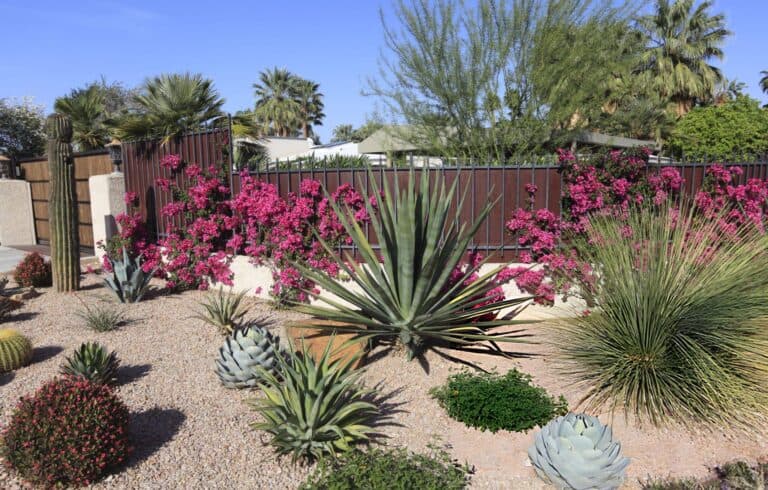A fire feature can turn an ordinary backyard into your favorite place to relax. Whether it’s a gas fire pit for quiet evenings or a full fireplace for gathering on cool Arizona nights, these additions bring warmth and comfort into your outdoor space. But like anything else outside, they’re exposed to wind, dust, and everyday wear. When the ignition won’t start as expected, it can be frustrating, especially when you’re planning to enjoy a calm night in Gilbert’s fall weather.
Lighting your fire feature shouldn’t feel like a chore. Fall is prime season to use outdoor fireplaces and pits. If it’s giving you trouble, it’s important to take a closer look. Fortunately, most ignition problems have clear causes. Knowing what to check saves time, energy, and keeps your evenings running smoothly. Let’s go over some common issues and how you can address them effectively.
Common Ignition Problems
Fire features in Gilbert often go unused during the intense summer heat. By early October, many residents are firing them up for the first time since spring. That time off can lead to problems with ignition. Before fixing anything, it helps to figure out exactly what’s wrong. Here are the most frequent issues homeowners run into:
1. Fire won’t start at all
The first thing to check is the gas. That’s usually step one. If there’s fuel and the fire still won’t light, you may be dealing with a faulty ignition switch or ignition module.
2. Fire takes several tries to ignite
If your fire feature only lights after several attempts, the issue could be a weak spark or reduced gas flow. Wind may also play a role, especially in open spaces. Sometimes dust or cobwebs block gas flow to the igniter.
3. Fire starts but goes out quickly
When flames appear but disappear after a few seconds, it may be a flame sensor problem or a malfunctioning thermocouple. These parts monitor the flame and control gas flow. If they aren’t working right, the fire shuts off. Wind can also blow the flame out on open pits.
Fire features are meant for ease and enjoyment. When problems pop up, they can ruin the mood or slow down your gathering. Identifying the cause early is the best way to avoid letting small issues turn into major ones.
Basic Troubleshooting Steps for Outdoor Fire Features
Before calling in help, there are a few checks you can do that might reveal the cause. While professionals are always recommended for repairs, these basic steps can help point things in the right direction.
– Check the gas supply
Make sure the gas valve is turned on. For propane units, check the tank to confirm there’s enough fuel. Low or empty tanks often result in weak or no ignition.
– Inspect the ignition system
Look closely at the igniter and nearby burner ports. Accumulated erosion from weather, dirt, soot, or insects can easily block functioning. Clean the area with care, using non-abrasive tools to avoid damage.
– Listen and smell for gas
If you hear the electric starter clicking but don’t smell gas or see a flame, it might not be reaching the burner. If a strong gas odor is present or there’s any doubt, stop trying to ignite and contact a trained technician immediately.
– Observe the flame behavior
If it lights and then dies fast, look for signs of wind interference, clogged burners, or sensor problems. Flickering, flicking, or irregular flames often mean the gas flow is uneven or obstructed.
Picture a homeowner in Gilbert trying to use their fire table after a long summer break. They flip the switch and nothing happens. A quick look shows the spark was faint and the burner was covered in dust and spider webs. After clearing the debris and checking the gas, the fire lights up just fine. Sometimes, these small adjustments make all the difference.
Keeping an eye on what your fire feature does and doesn’t do helps prevent larger problems. Early signs give you the chance to handle things with minimal hassle.
Maintenance Tips To Keep Things Running Smoothly
Once your fire feature is working again, routine care keeps it that way. The desert climate in Gilbert means wind and dust are constant factors. Heat during the off-season can damage surfaces too. Staying on top of maintenance reduces surprises when the weather cools down.
Here’s what to do:
– Clean it regularly
Wipe surfaces often using a dry cloth to remove dust and debris. Clean ignition points and burner holes gently. Even small blockages can cause uneven flames or delayed ignition.
– Use a cover
Protect your fire place or pit from rain, sun, and wind by covering it when not in use. A well-fitted cover extends the life of components and keeps dirt out of sensitive areas.
– Watch for wiring and sensor issues
If wires look cracked or worn, or a sensor seems loose, don’t try to repair it yourself. These parts control ignition and gas safety. Schedule a visit from a professional to take care of anything that looks damaged.
– Test before the season starts
Don’t wait for a chilly evening to see whether your fire feature still works. Early testing before cooler weather starts gives you time to solve problems before they interfere with outdoor plans.
– Schedule annual checkups
A yearly inspection by an expert ensures everything is working safely and efficiently. These pros can clean, check, and repair parts you may not find on your own.
Sometimes small malfunctions like flickering or uneven flames are early signs of larger problems. Staying alert to these shifts and addressing them right away goes a long way in avoiding interruptions when you need the fire most.
Smart Upgrades That Improve Performance And Comfort
Fire features don’t last forever. If breakdowns keep happening or the unit feels outdated, updates may provide more reliability and comfort. Several upgrades offer stronger performance and easier operation.
Consider these improvements:
– Electronic ignition systems
These provide faster, more secure lighting with the push of a button. They hold up better in windy settings and usually include built-in safety shutdown features.
– Remote controls
Enjoy the convience of starting your fire feature from across the yard. Some models let you control flame height and set timers, making them especially helpful for entertaining.
– Wind guards or screens
These can stabilize your flames by preventing gusts from cutting them off. They also help direct warmth while keeping the design clean.
– Aesthetic enhancements
If your fire feature looks worn, consider fire glass, updated stones, or replacement logs. Add elements like natural stone finishes or decorative edges for an updated look without replacing the entire setup.
Whether your current setup is aging or feels like more effort than it’s worth, a few manageable changes can make a noticeable improvement. Fire features are a central part of fall gatherings in Gilbert and should give you confidence each time you flip that switch.
Make the Most of Your Outdoor Time This Fall
Keeping your fire feature ready for the season doesn’t have to feel like a chore. When problems show up, small steps like routine cleaning, careful checks, or helpful upgrades can keep things running reliably. And when things go beyond your to-do list, calling in experienced help makes all the difference.
By staying proactive and getting the right support, your fire pit or fireplace can be ready to add warmth and comfort without stress. The cooler months are made for gathering outside, and Outdoor Concepts is here to help make sure ignition troubles don’t get in the way.
If you’re ready to enjoy your outdoor space throughout the cooler months without the hassle of ignition troubles, explore how our custom fireplaces and pits can bring warmth, comfort, and style to your yard. Outdoor Concepts is here to help enhance your outdoor experience with expert design and reliable maintenance that fits your needs and space.




